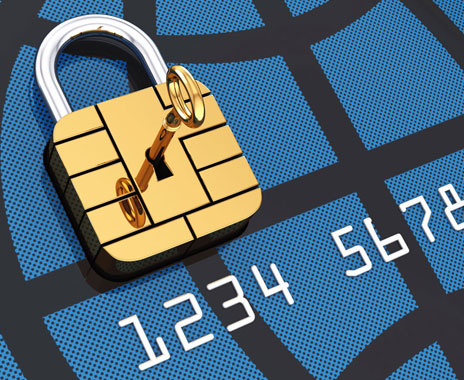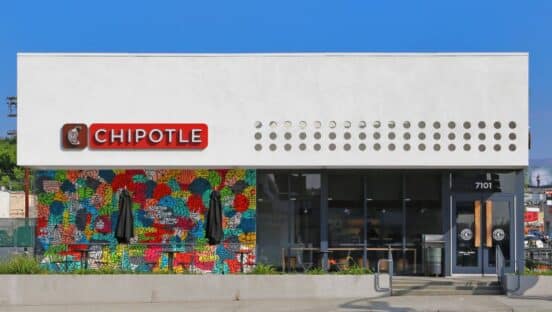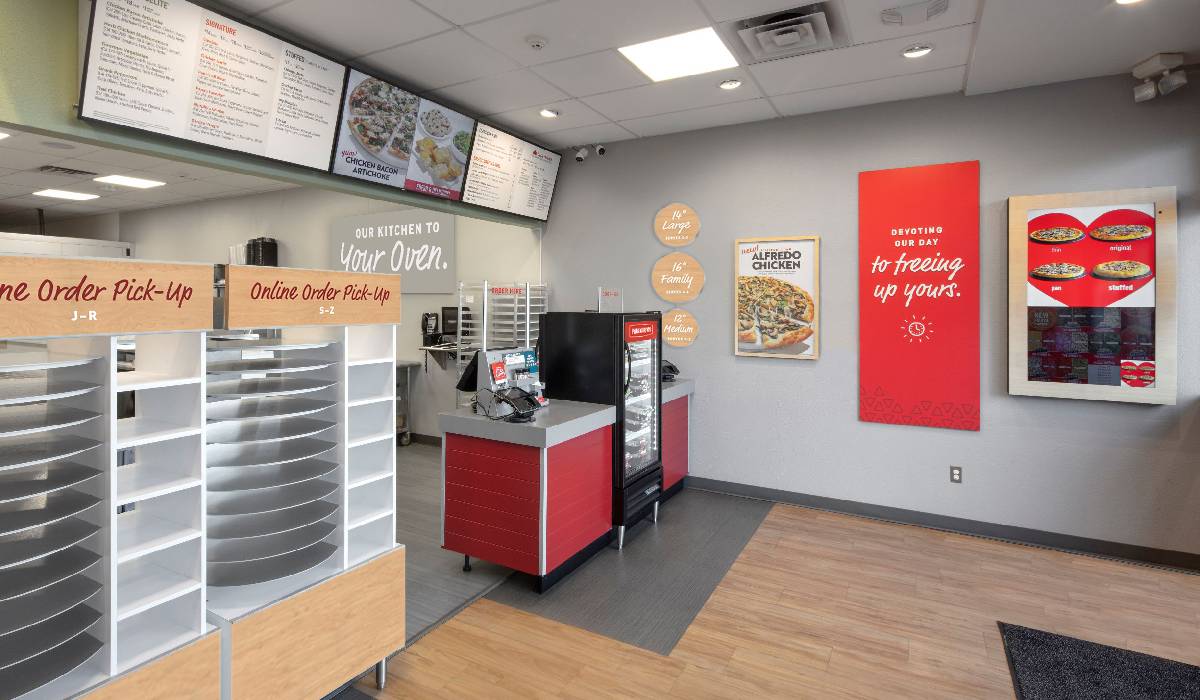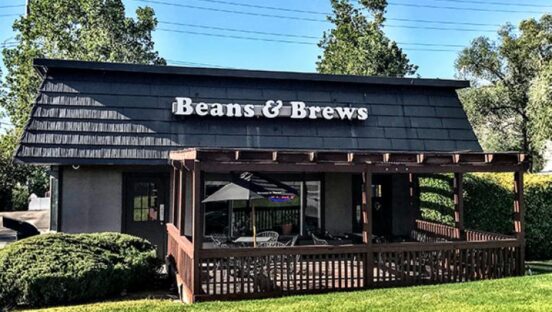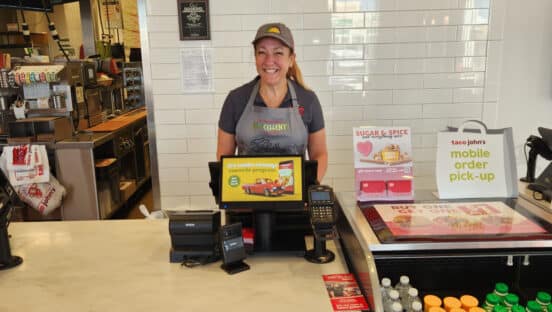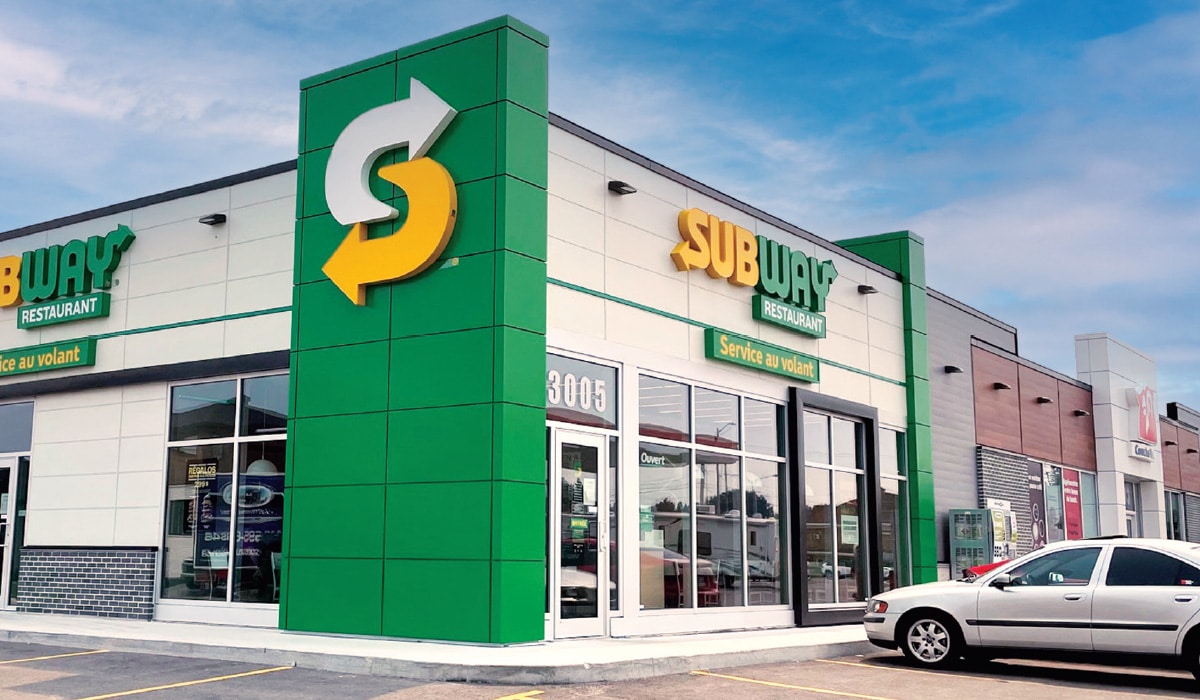As a restaurant operator, you must realize that your employees may be behind your recent food and beverage losses or the POS manipulation scheme you can’t seem to pinpoint. They may think they aren’t harming anyone, you will never know, or the chance of getting caught was slim to none.
The National Restaurant Association estimates that employee theft accounts for around 75 percent of restaurant losses. Another important measure is theft equal to more than 3 percent of annual revenue. In this day and age, we can manage and prevent losses in ways our predecessors couldn’t. Understanding that investigating every transaction can be difficult, if you have a comprehensive loss management system in place, there is a higher chance theft will be deterred and detected.
There are many solutions available for detecting possible fraud, but detection is only the start. You need to know if anything has been done about the items detected. Were the issues real, or was it a matter of training? You need to know if you are making progress toward reducing fraud. What is the trend line for the past six months by District?
Managing fraud is a continual process, and you need the tools to record events and the data to keep track of unresolved issues. But your day is already filled with too many responsibilities. So, the solution has to be highly automated to reduce the amount of time needed to stay on top of fraud. The solution should automatically route possible issues to the person most capable of investigating them. As they do the investigation, the system should allow them to record the resolution they feel is best for the situation. And the system should give you an up-to-the-minute account of where all the detected issues stand.
Here are five steps to manage restaurant losses for the restaurant manager:
Monitor
Numbers never lie. Find a way to track transactional data from your Point of Sale (POS) and Back-of-House (BOH) systems. Through ancient spreadsheet methods or with an external system that integrates data from all sources, you need to collect and monitor your data.
Detect
With your data, pinpoint odd situations. Let’s look at an employee that has a high percentage of voids on reopen checks, or excessive chargebacks. This information should be flagged because it’s potentially problematic.
Route
Once you have detected a possible incident, depending upon your position, whether it’s a restaurant manager, district or regional manager, inform the appropriate management.
Resolve
Allow management to do their job. They must gauge the severity of the issue and resolve the problem how they see fit. For example, after management confronts the situation there are factors to consider. Did they implement disciplinary action, termination, employee training?
Measure
Track the incident for prevention and reference. Let’s say an issue arose and it was dealt with. Can we set specific metrics to prevent a similar event? Such as setting allowable guidelines for discounts, thresholds for chargebacks, etc.
Don’t be a restaurant that tolerates losses, create a plan to manage and prevent theft today.

